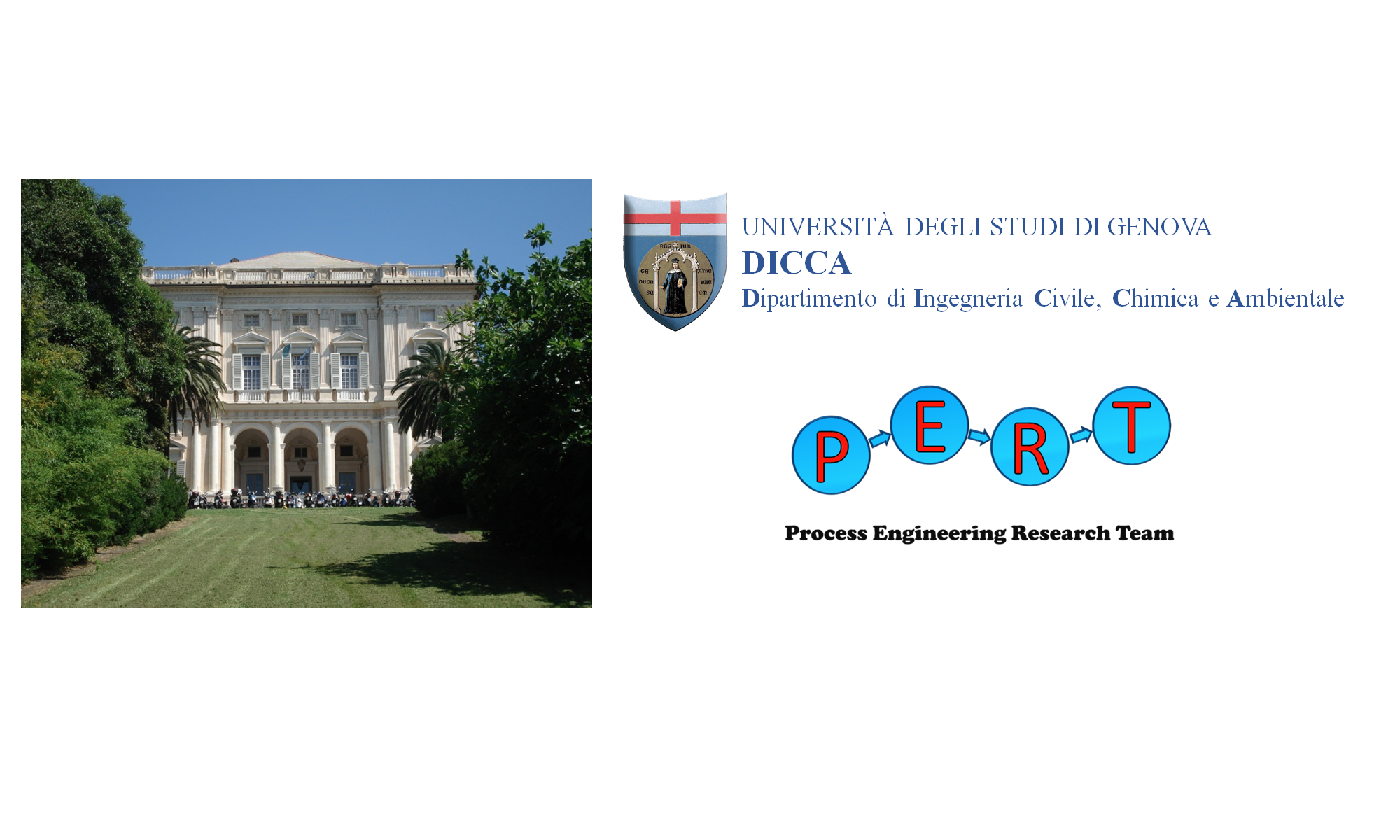To support the research and teaching activities, the group makes use of various simulation tools, both commercial and internally developed.
Simulation tools developed internally:
- MCFC-D3S© (MCFC Dynamic and Steady State Simulation): detailed three-dimensional model for MCFC stacks developed in Fortran 90 collaboration with Ansaldo Fuel Cells
- SIMFC: detailed three-dimensional model for MCFC stacks developed in Fortran 90, new generation
- Models of specific processes developed in C ++ on the basis of the LIBPF library (LIBrary for Process Flowsheeting) suitable for integration with steady-state system models
- LIBPF FC: simplified model for batteries MCFC, SOFC e pSOFC
- LIBPF BIOMASS: stoichiometric model of the biomass and its pyrolysis and devolatilization, suitable for the thermodynamic and kinetic simulation of pyrolysis and gasification processes
- LIBPF GASMEM: models with concentrated parameters and with distributed parameters of gas separation membranes
The tools developed by the group are available on request for academic or industrial applications.
Commercial simulation tools used:
- Aspen Custom Modeler, Aspen Dynamic ed Aspen Plus di Aspen Technology
- COMSOL Multiphysics di COMSOL Group
- OLGA CO2 di SPT Group
Among the various simulation approaches analyzed by PERT, computational fluid dynamics (CFD) is able to provide a very detailed description of the behavior of an apparatus. It is based on the numerical resolution of the local balance equations of mass, energy and momentum. The program mainly used for these simulations is Ansys Fluent.
The CFD simulation has largely concerned the jet reactors (or spouted bed reactor), of which the fluid-dynamic behavior has been analyzed in detail according to the properties of the contained particles. For the simulation of the solid phase, both commonly used approaches were studied:
• The Eulerian-Eulerian (or Two Fluid Method) approach, which considers the gaseous and solid phases to be continuous and is based on the kinetic theory of granular flow. This approach is less complex from a computational point of view, but less precise and provides less detail.
• The Eulerian-Lagrangian (or Discrete Element Method) approach, which considers the solid phase constituted by discrete particles, and predicts their behavior by solving Newton’s equations. This approach is more precise and detailed, but is able to provide results in good time if the particles are less than or equal to 105.
CFD simulations have also been the tool to investigate the transport of heat in biological tissues, for the purpose of analyzing innovative medical-cryogenic techniques.

